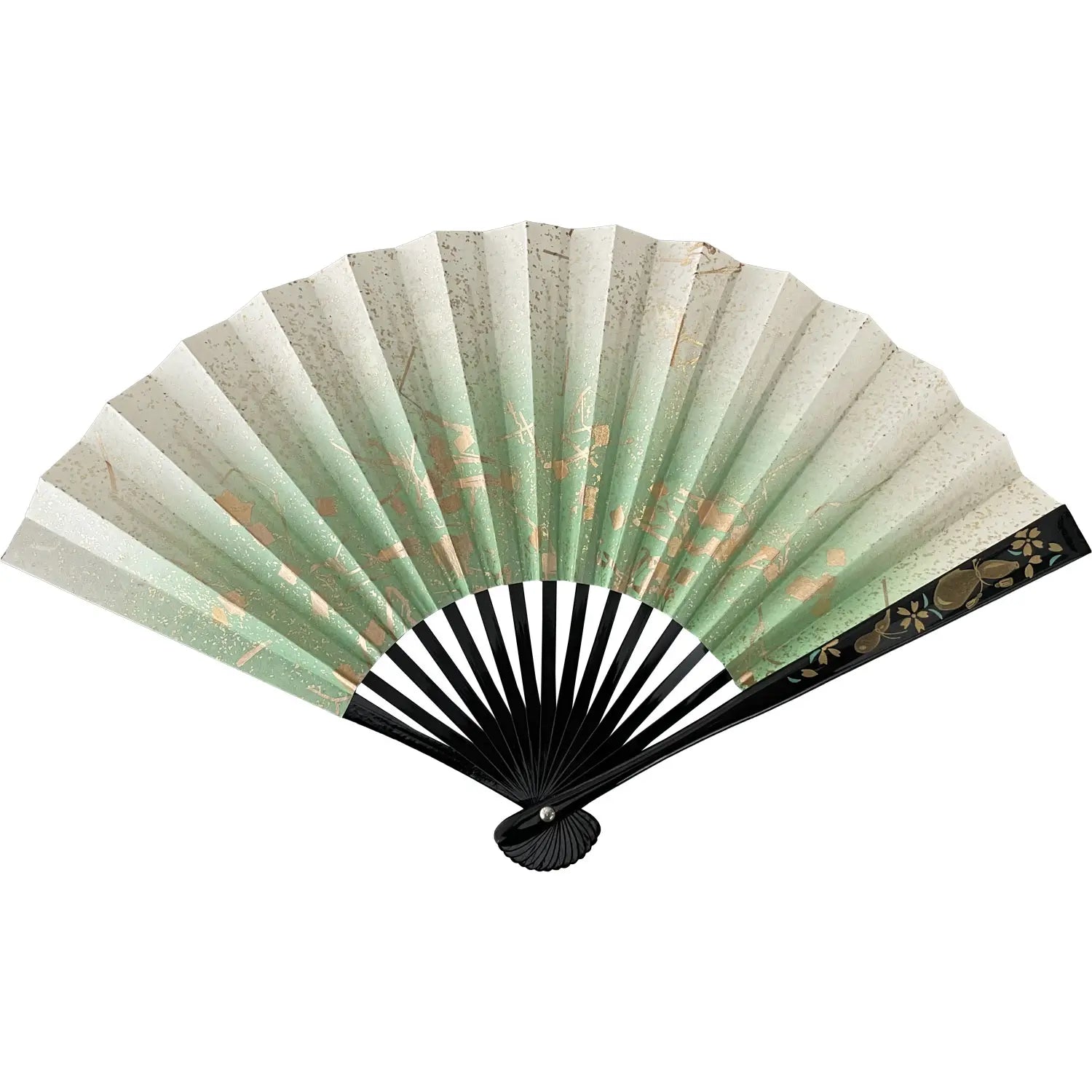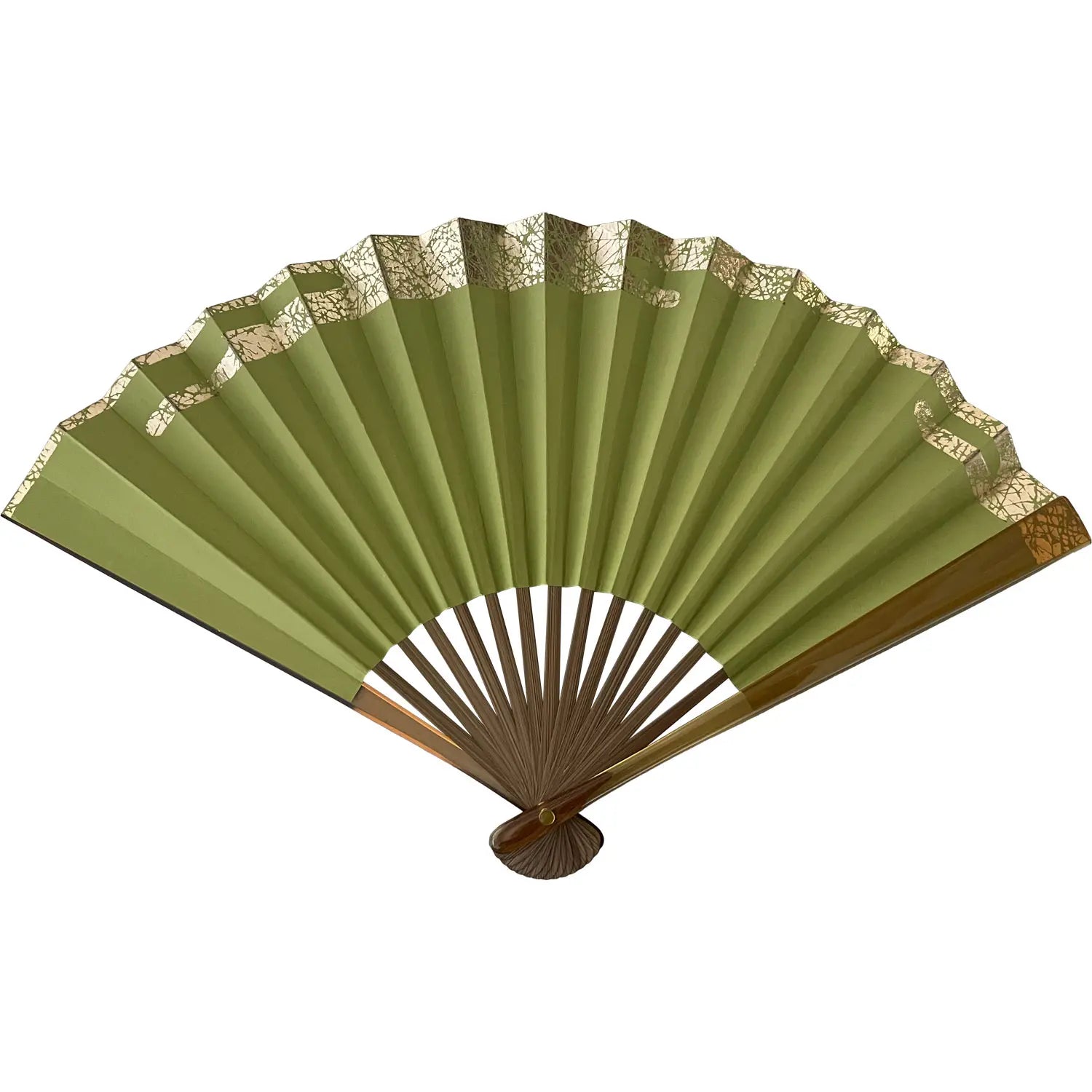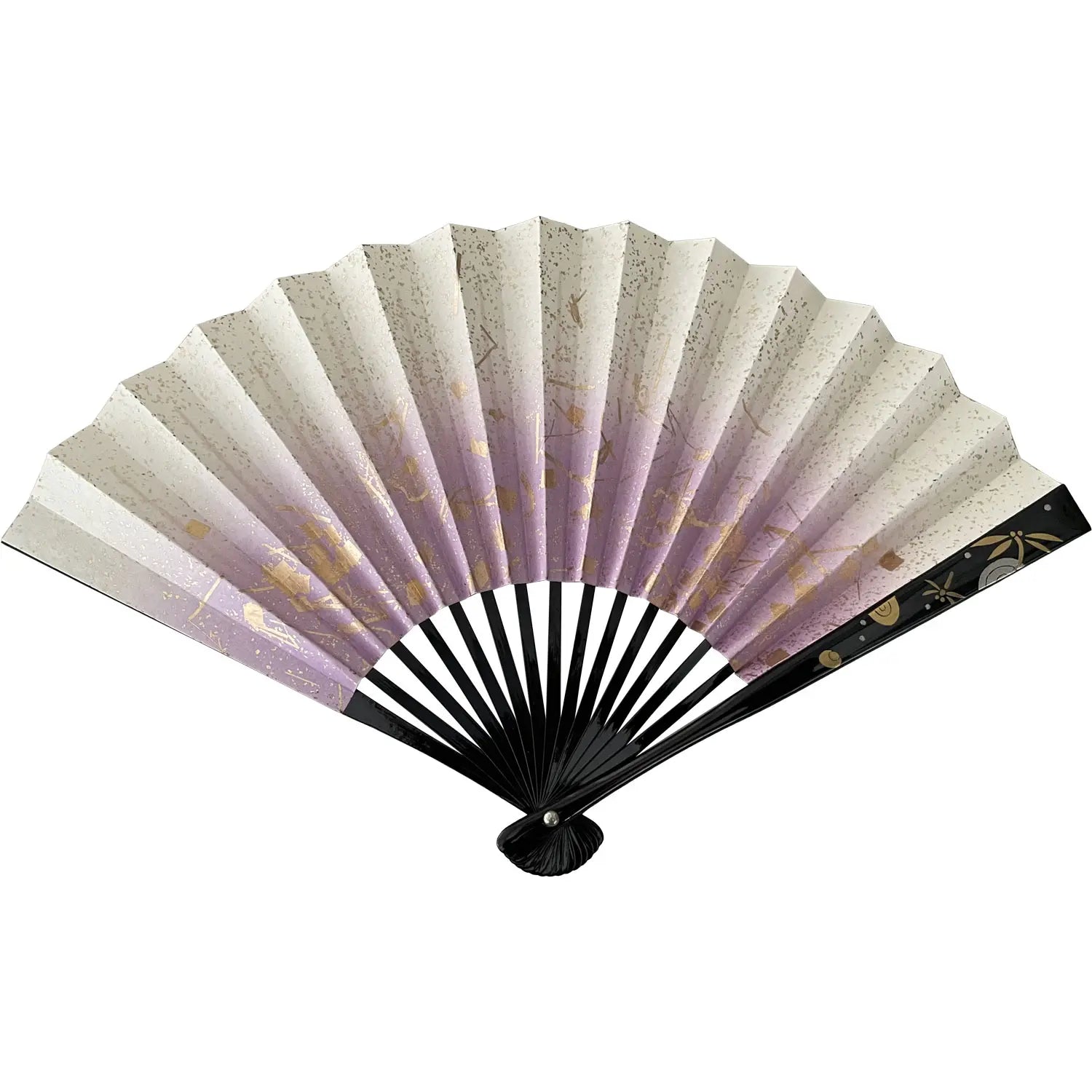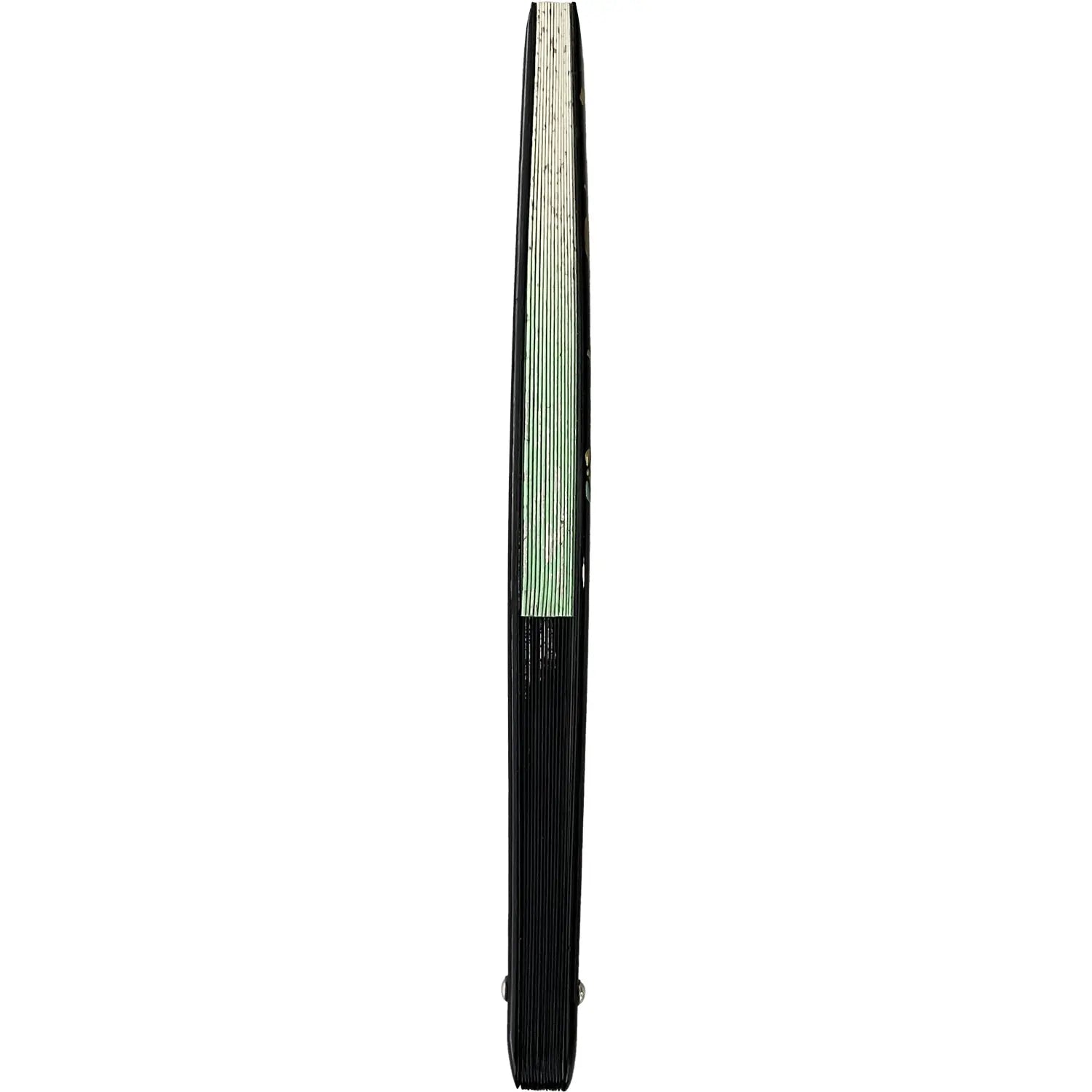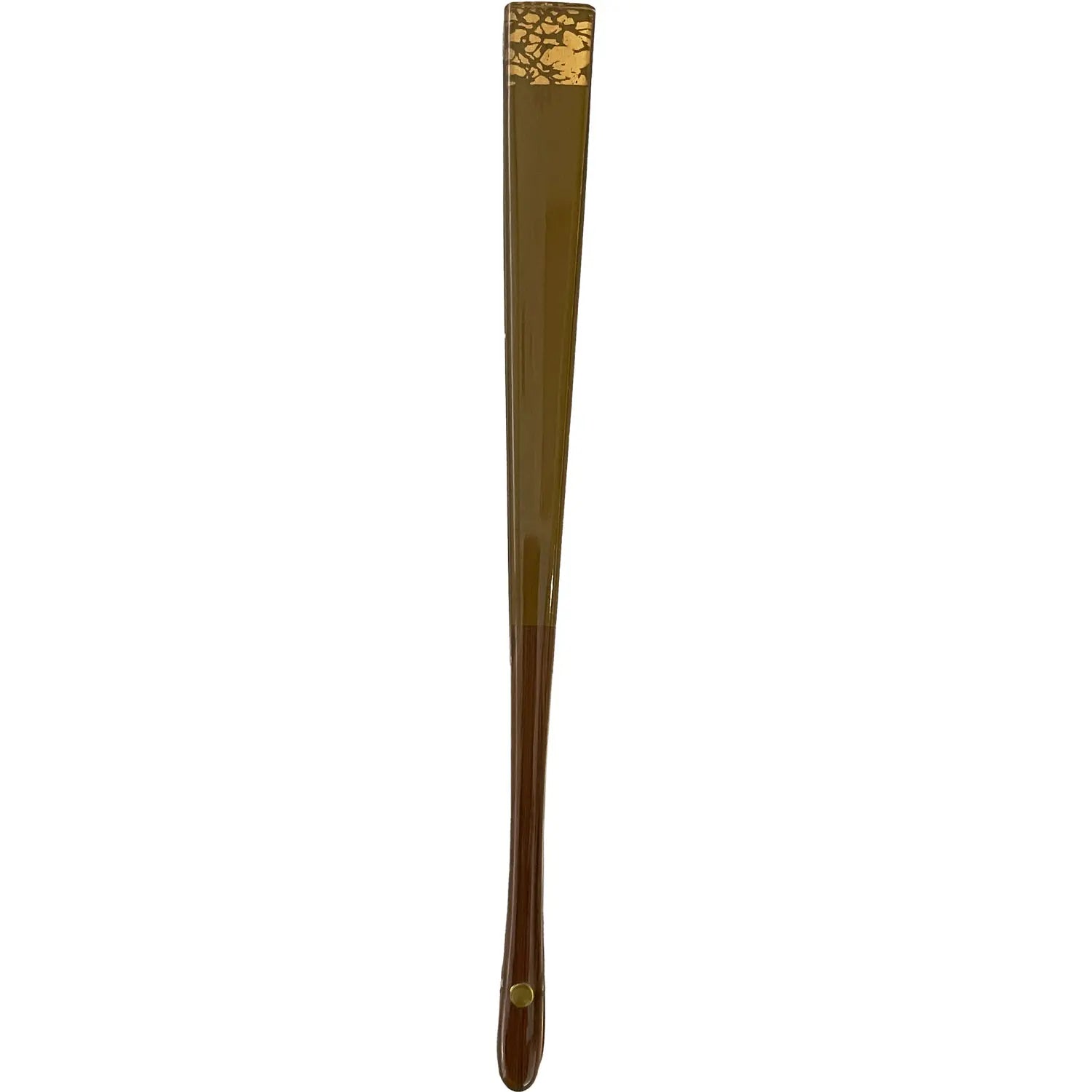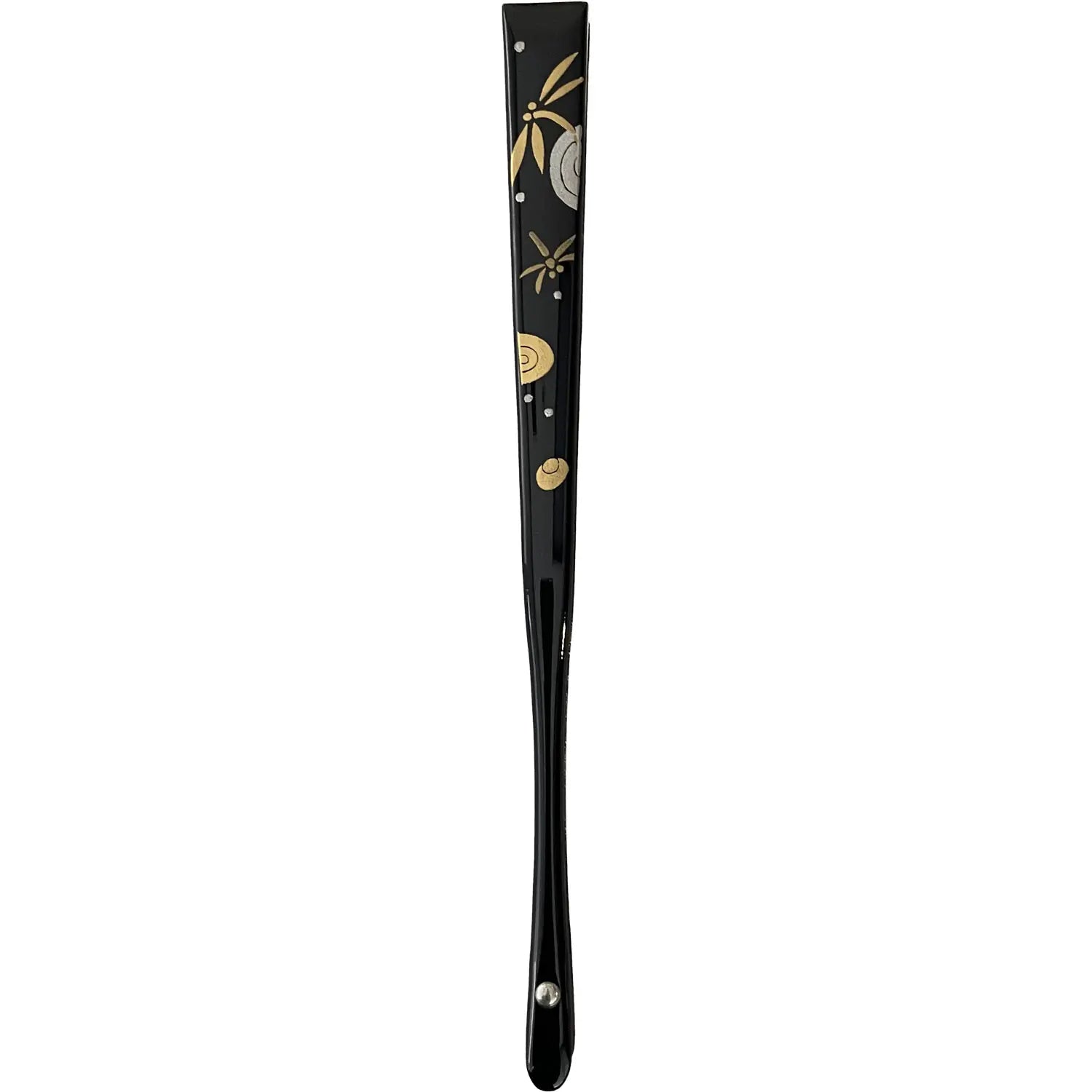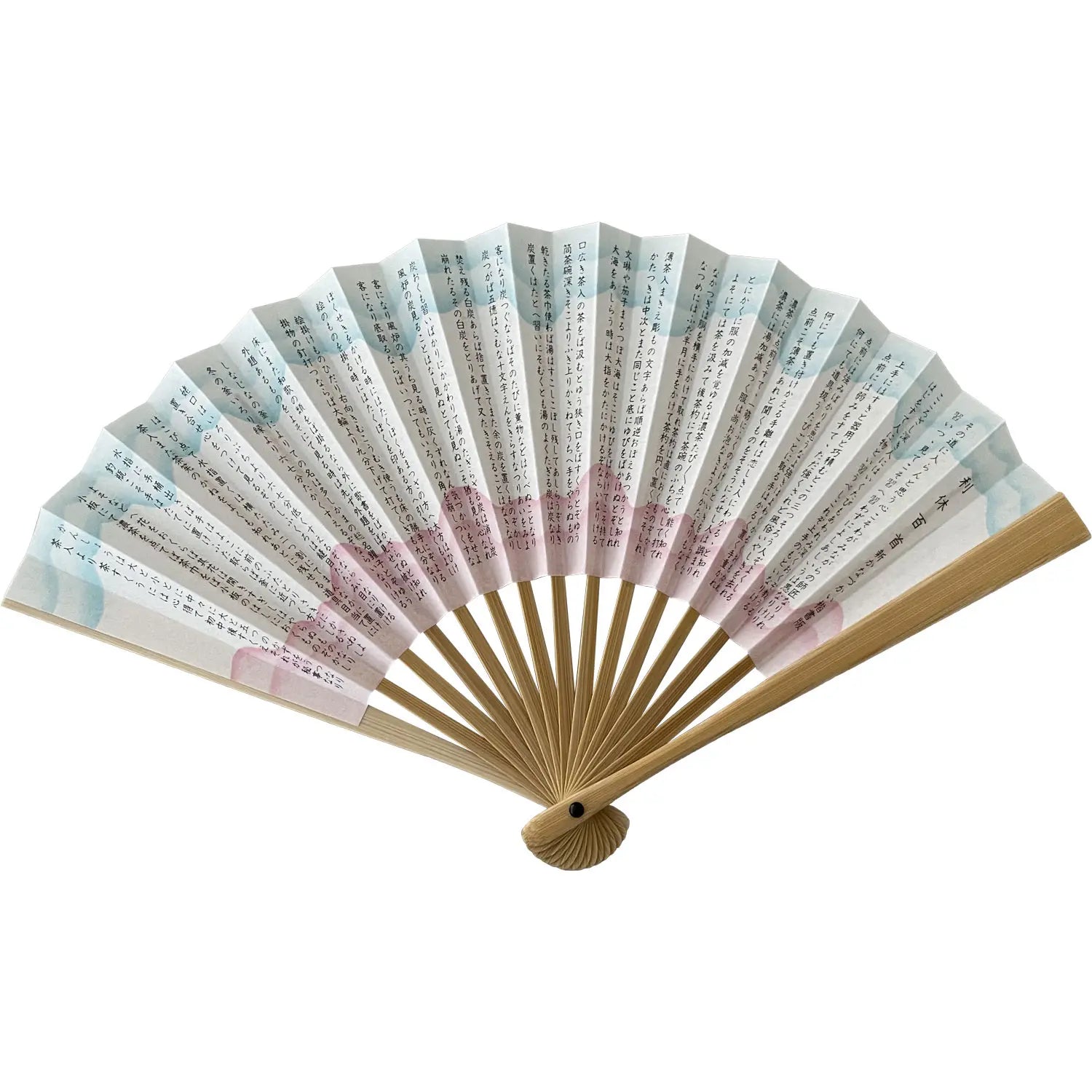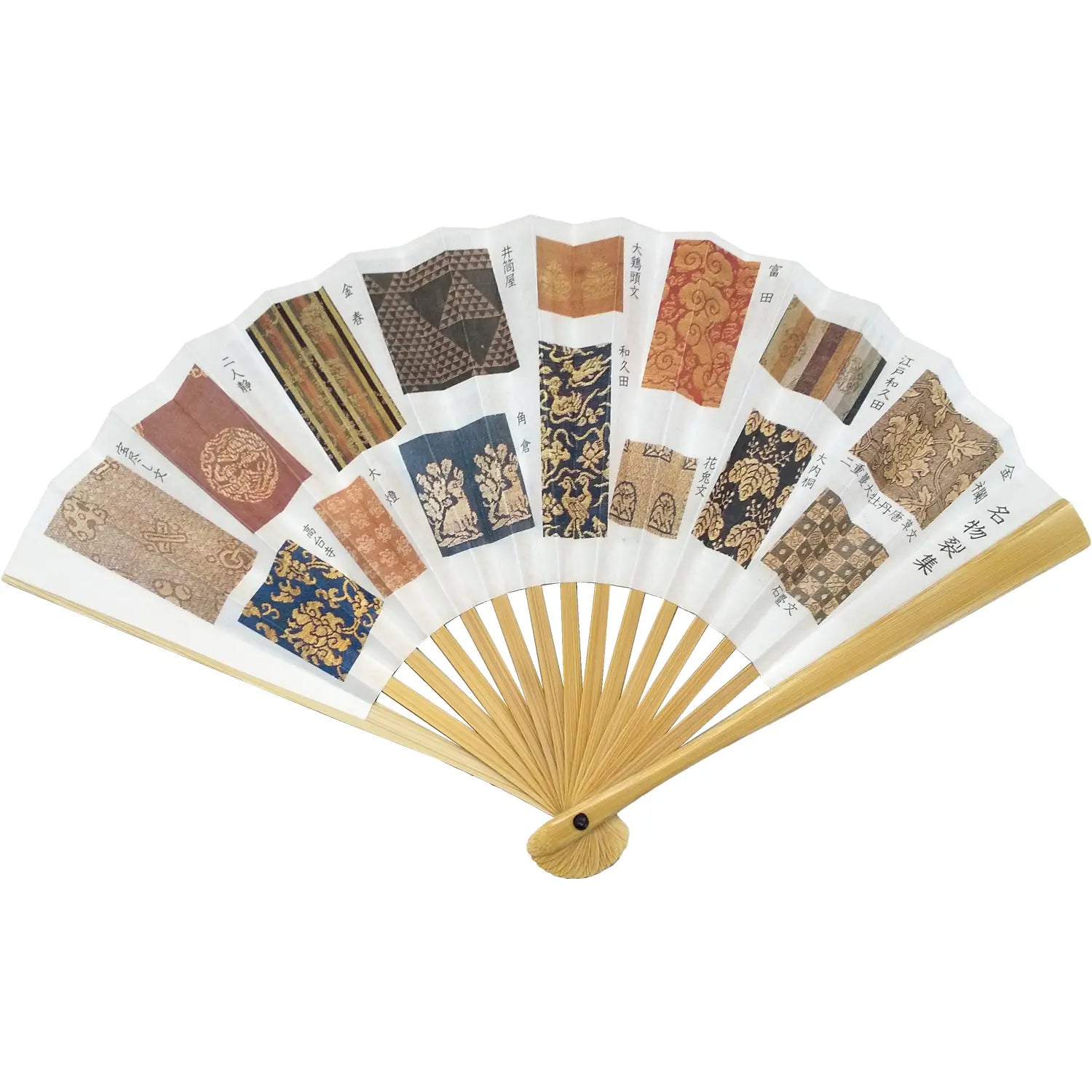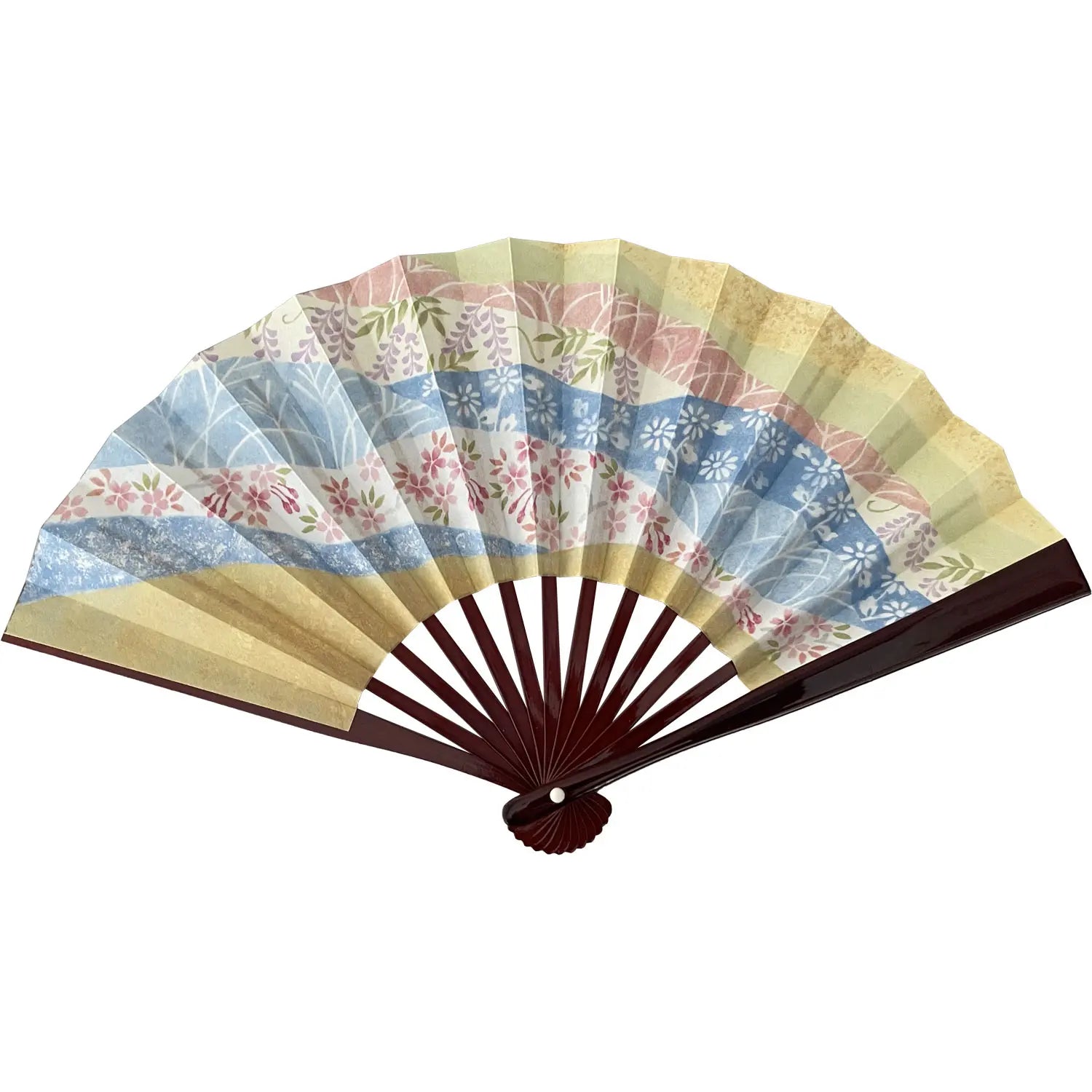Designer: Product vendor
- Regular
- ¥20
- Sale
- ¥20
- Regular
- ¥20
- Unit Price
- per
The tea ceremony is a traditional Japanese ritual. Many people are attracted by the beauty of the tea utensils and the manners of the tea ceremony, and many are interested in it. If you are invited to a tea ceremony party, what preparations should you make? When attending a tea ceremony, you should have the necessary utensils in plenty of time.
Here, for those who attend a tea ceremony tea party, we will introduce the basic items to bring and what is useful to have. We also explain what to wear at the tea ceremony, so please use this information to help you prepare for the day of the event.
If you plan to attend a tea ceremony, you will need to bring the following items. Although there are several schools of tea ceremony, the following items are generally used in most classes of all schools, so it is a good idea to have them ready.
A fukusa is a cloth used for purifying tea utensils and viewing tea bowls during the tea ceremony. Otsukumae refers to the series of steps in preparing tea in the tea ceremony. Not only the host, but also the guests need to bring their own Hakuza. Generally, men use purple and women use red or vermilion. In the case of Urasenke, a small piece of cloth called a "kobukusa" is also used.
Kaishi is disposable Japanese paper used at tea ceremonies. It is used in a variety of situations, such as as a plate to serve sweets, or to wipe the tea bowl or one's mouth. When attending a tea ceremony in a kimono, it is worn together with a hakuza in the pocket.
The kashikiri is a tool used to cut and eat sweets served at tea ceremonies. It is also called a "confectionary toothpick. The sweets are placed on a piece of kaishi paper and cut into bite-sized pieces with the kashikiri. Commercial products are usually sold as a set with a toothpick holder that can be used for carrying.
The Tea Ceremonyfolding fanis used at tea ceremonies to greet guests, to enter the tea room, and to view the tea utensils. Although there are differences in etiquette among tea ceremony schools, the basic rule is to hold thefolding fanThe tea ceremony is a way of respecting the other person by creating a boundary (boundary) by placing the "uchi" in front of you. In the tea ceremonyfolding fanis used to cool off.folding fanUnlike thefolding fanis not used by opening and elevating the
It has been used since the Edo periodfolding fanThe long-established "IbasenThe online store of the "Mere Old Man" offers a wide range of tea ceremonyfolding fanWe offer a wide range of products suitable for tea ceremony.folding fanThe size of a tea ceremony utensil varies depending on the school and whether it is for men or women, so if you are interested in purchasing a tea ceremony utensil, please ask your teacher at the tea ceremony school you attend. In our online store, we have a selection of 5" tea utensils that are often used in the tea ceremony.folding fanwhich is often used in tea ceremonies. Toward Tea Ceremonyfolding fanPlease take a look at our lineup if you are looking for
Although it varies depending on the school of tea ceremony, it is convenient to prepare the following items in addition to the basic belongings for a tea party. Following is a list of items that are useful to have when attending a tea ceremony.
A kochakin is a utensil used to cleanse the mouth of the tea bowl after the tea has been served. There are two types of kochakin: paper and cloth. Paper kochakin are often moistened and carried in a waterproof kochakin container. It is sometimes used in the case of Urasenke, so it is important to check it together with the kojakin container.
Kaishiire is a container for carrying kaishi (tea paper). It is also called "Haku-sa-basami" or "Sukiya-bukuro. In addition to kaishi, it can also be used as a hakuza, a confectionery cutter, or a paper holder,folding fanIt can also be used to carry other utensils such as a hakuza, kashikiri, or other utensils. It is convenient for tea ceremony and practice.
Furoshiki is a cloth used to wrap and carry things. If you attend a tea ceremony in a kimono, you can fold up your jacket, such as a do-gyo coat, and wrap it in a furoshiki. You may want to bring your own if necessary.
A seiza chair is an item that supports the seiza posture and reduces numbness in the legs. For use at tea ceremonies, we recommend that you choose a compact and easily portable product.
In the tea ceremony, it is customary to remove jewelry in order to prevent damage to the precious tea utensils. Rings, necklaces, watches, etc. should all be removed before the tea ceremony and stored in an accessory case to prevent loss.
When attending a tea ceremony, etiquette is required not only in terms of what you bring with you, but also in terms of what you wear on the day of the tea ceremony. Whether you are attending in a kimono or clothes, you should dress appropriately for the tea ceremony. Finally, here are some manners on how to dress for a tea ceremony.
In general, white tabi (socks) or white socks should be worn at the feet to keep the tea ceremony room clean. Depending on the school, it is also possible to bring clean white tabi or white socks to the venue and change them just before entering the tea room. Regardless of whether you are a man or a woman, you should generally prepare white tabi socks or white socks.
Generally, both men and women wear kimonos to tea ceremonies. Since the concept differs depending on the school or class, please check the etiquette of the tea ceremony you will attend in advance.
For kimono, women should wear a semi-formal kimono, such as a colored kimono with a crest or a visiting kimono, as well as a komon. For the obi (sash), wear a fukuro obi or nagoya obi. For men, it is common to wear a hakama with a montsuki. Kimono rank may vary depending on the tea ceremony, so please check in advance.
In the case of Western-style clothing, women should wear clean, less revealing attire such as pants or below-the-knee skirts and dresses. For men, plain suits in dark colors such as black or navy blue are appropriate. On the contrary, casual attire such as denim and jerseys should be avoided.
When attending a tea ceremony tea party, you should keep in mind the rules for what to bring and what to wear before the day of the tea ceremony, and be prepared to spend the day in a relaxed manner. The etiquette of tea ceremony is also explained in detail in the related article below. In addition to what to bring and what to wear to a tea ceremony, we also provide tips on what to keep in mind, so please be sure to read them as well.
What are the manners of tea ceremony? Dress, seating order, how to drink tea and eat sweets
We have explained what belongings are necessary for a tea ceremony tea party. Since the necessary belongings for a tea ceremony party or practice differ depending on the school or class, it is recommended that you check with your teacher. Many schools use the basic items listed above for their tea ceremonies, so if you are interested in the tea ceremony, it would be a good idea to have them ready.
folding fanThe long-established "Ibasenis an essential part of the tea ceremony paraphernalia.folding fanWe offer a wide range of tea ceremony utensils. for use at tea ceremonies.folding fanor if you are looking for a special design for your tea ceremonyfolding fanIf you would like to choose aIbasenPlease visit our online store at A wide variety of lineupsfolding fanYou will be able to find a long-lasting bottle from a wide variety offolding fanPlease feel free to contact us for more information.
